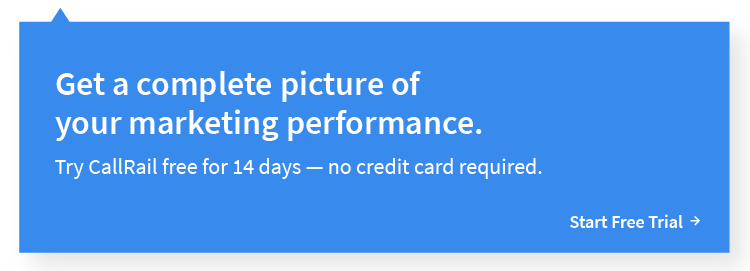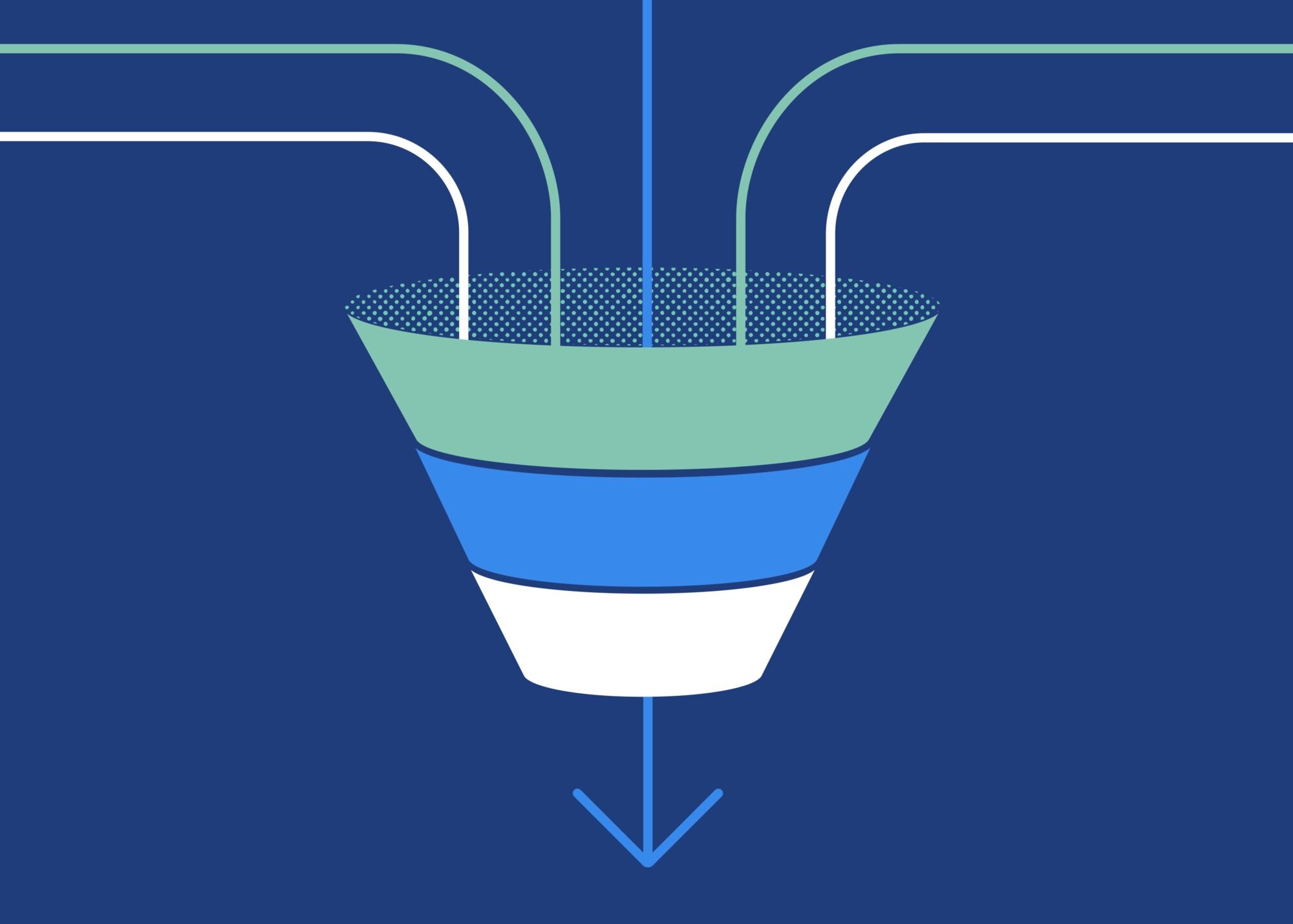TL;DR:
- Customer engagement is the process of interacting with existing customers, leads, and social followers or other consumers who might have a passive interest in your business.
- Leads are qualified based on the perceived degree of interest they may have and customer engagement is seen as a tool for further qualifying a lead and producing a potential sale.
- A multi-channel marketing strategy improves your company’s ability to engage with leads at different points in their customer journey, building a stronger relationship that increases the likelihood of a conversion.
For both marketing and sales teams, engagement and leads go hand in hand. So much so that it can be easy to confuse one term with the other.
Where there’s customer engagement, you’ll always find leads. And where there are leads, you’ll almost always find customer engagement. Although these sales and marketing elements play complementary roles, there are key differences between the two that businesses should recognize when building a sales and marketing strategy.
Looking for tips on how to balance lead generation tactics with customer engagement? Here’s a guide to excelling at both.
The difference between customer engagement and leads
Customer engagement is the process of interacting with existing customers, leads, and social followers or other consumers who might have a passive interest in your business. Although customer engagement can come in many different forms — website, landing pages, social media, email, and other branded content — all of these engagement channels are oriented around the same fundamental goal of starting and maintaining a conversation with consumers.
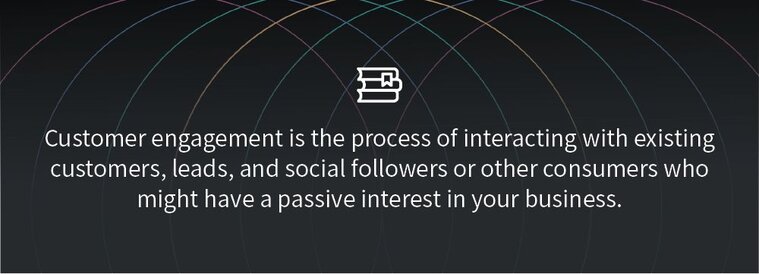
Remember that a successful strategy involves listening to consumers and encouraging two-way engagement regardless of how you approach customer engagement. Depending on the specific type of engagement being driven or the channel being used, engagement tactics may be used to qualify leads or to generate new leadsIt’s possible that a single effort can achieve both of these goals at once.
Leads are a solid step in the direction of a conversion or sale, and they typically represent a consumer or potential client who has demonstrated interest in your business. But generating, and even qualifying leads, isn’t always enough. Your business should prepare a wide range of engagement methods to give itself the best chance of converting those leads.
How customer engagement can turn leads into sales
Leads are qualified based on the perceived degree of interest they may have. Customer engagement is seen as a tool for further qualifying a lead and producing a potential sale.
Every lead sits in a sales funnel that your business can use to guide its engagement. This funnel starts with the broad goal of building brand awareness among your target audience, letting potential leads know that you offer products or services they may be interested in. Once prospects take an interest in your brand — and take a basic action, such as subscribing to an email list, filling out a form, or clicking on an advertisement — they enter the information-gathering or decision, phase.
Here are some specific engagement goals your brand might prioritize through its marketing strategy, as well as popular marketing channels through which you can achieve those goals:
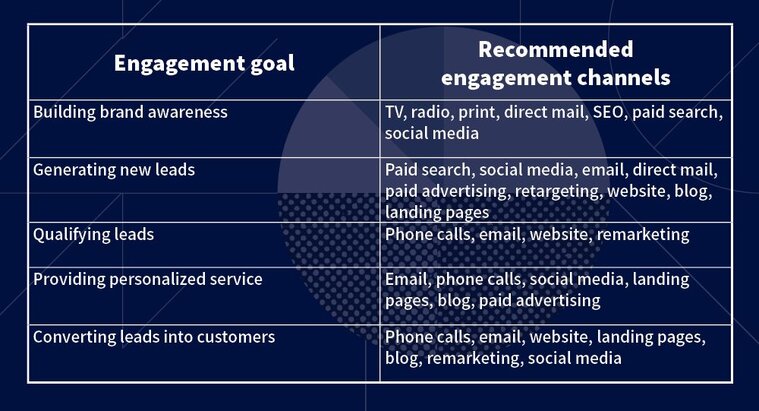
Most leads require several instances of customer engagement, taking place across multiple sales and marketing channels. A multi-channel marketing strategy improves your company’s ability to engage with those leads at different points in their customer journey, building a stronger relationship that increases the likelihood of a conversion.
Meanwhile, these engagement efforts also offer value to existing customers, reinforcing brand trust and loyalty,which will support customer retention efforts and stabilize your revenue streams.
Tips for using engagement strategies with leads
Effective lead engagement can have a measurable impact on your conversion rates and, ultimately, your ability to grow your company. Optimize your lead engagement strategy by taking the following steps:
- Test multiple types of messaging to see what resonates most with leads. Optimized engagement is a process of trial and error. Even when you’re getting strong engagement results from a given marketing channel, it’s worth the time and effort to test individual elements of channels and campaigns. Tools like CallRail allow you to test landing pages, ad messaging, and other elements to build a better engagement strategy over time.
- Use attribution modeling to connect conversions to influential engagement channels. Accurate attribution will help you identify your most engaging and effective marketing channels, plus the combinations of channels that offer the greatest ROI. Remember that attribution modeling is reliable only when you can pull data from all of your marketing and engagement channels, including inbound phone calls.
- Collect customer feedback to shape your engagement strategy. Tools such as Conversation Intelligence and Automation Rules can expand your understanding of your customers’ needs, which in turn can support better messaging and engagement.
- Gather as much customer data as possible to qualify leads and support personalized engagement. From lead qualification to marketing attribution, customer data is the fuel your business needs to qualify leads and engage customers with speed, accuracy, and relevance.
- Pursue engagement through many different channels. It bears repeating: A single channel will never deliver the engagement your leads need to convert on regularly. Although it’s tempting to shift your marketing budget toward your highest-ROI channels, your business needs a broad range of engagement options to diversify your approach, your messaging, and your visibility to your target audience.
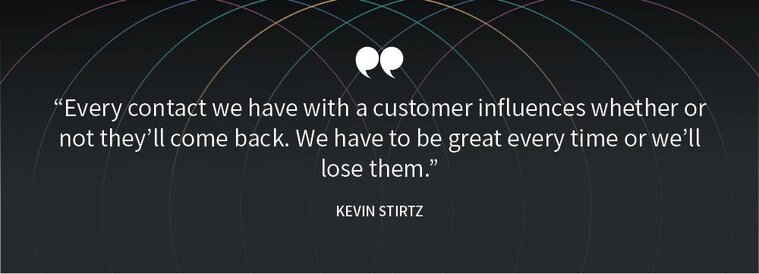
Best lead-tracking tools for increasing customer engagement
Technology should play an integral role in managing leads, optimizing engagement, streamlining lead qualification, and converting more customers. Here are some of the core technologies your business should consider when it comes to managing leads and customer engagement:
- CRM: A CRM plays a key role in managing leads and tracking engagement. Although a CRM isn’t the only piece of technology you need to effectively manage leads and customer engagement, it helps centralize and manage lead data, customer data, as well as engagement history.
- Attribution software: As mentioned earlier, marketing attribution software will help your business understand the ROI being driven by individual engagements within the larger customer journey. Attribution software can also use different calculation methods to determine ROI in a way that aligns with your marketing goals.
- Call tracking software: Inbound phone calls are one of the biggest gaps in many companies’ marketing data. The content of these calls can offer valuable contextual data that helps your business understand your customers and leads better. Call tracking software addresses both of these needs, providing a range of innovative tools to improve your customer data and engagement strategy.
- Social media management tools: Social media marketing — both organic and paid — is an essential customer engagement and lead generation tool for businesses across almost any industry. These management tools optimize your brand’s social presence, including your ability to track interactions with leads across these platforms.
- Chatbots and messaging tools: Responsive, personalized interactions with customers and leads can improve your conversion and customer retention rates. Chatbots and messaging tools facilitate faster responses to customer and lead queries, improving your brand’s customer experience. Consider, too, the value of an online forum or a comments section on your blog, which can provide a similar digital marketing channel for engagement.
Leverage engagement and lead generation for greater sales and marketing success
The value of lead generation can’t be overstated. But the value of these leads is only as good as the customer engagement strategy used to qualify them and move them toward a conversion or sale.
If you’re ready to create a customer engagement strategy, start by making sure you have the right tools in place to collect the right data and organize an effective customer engagement strategy. See how CallRail can help — sign up for a free trial today.
